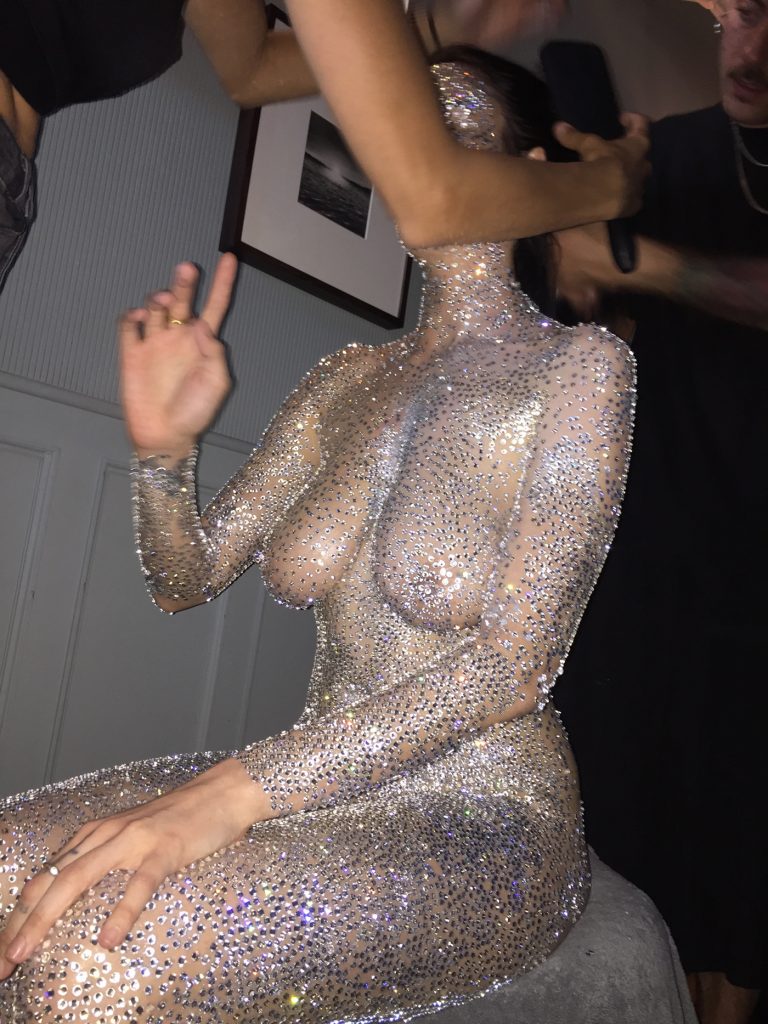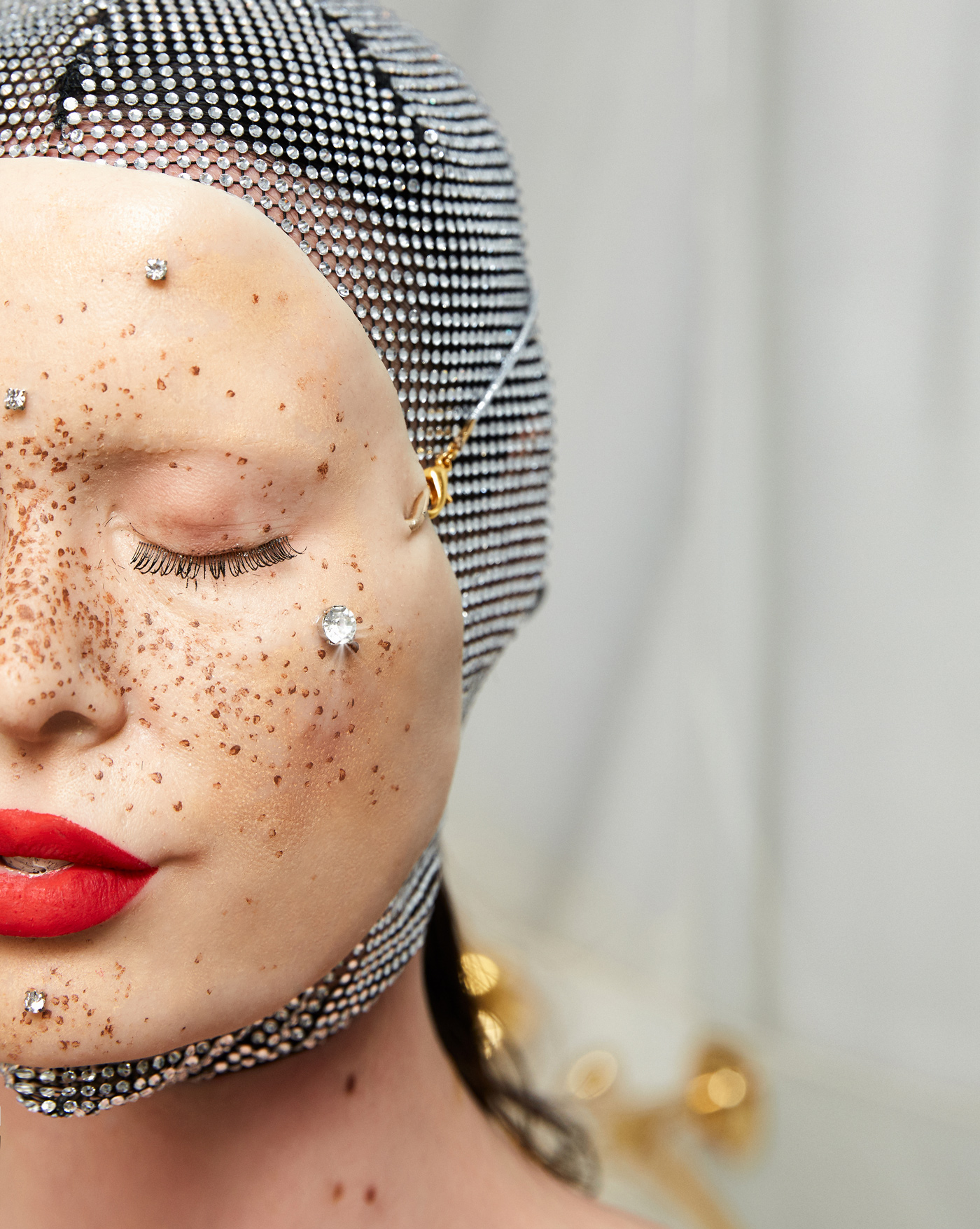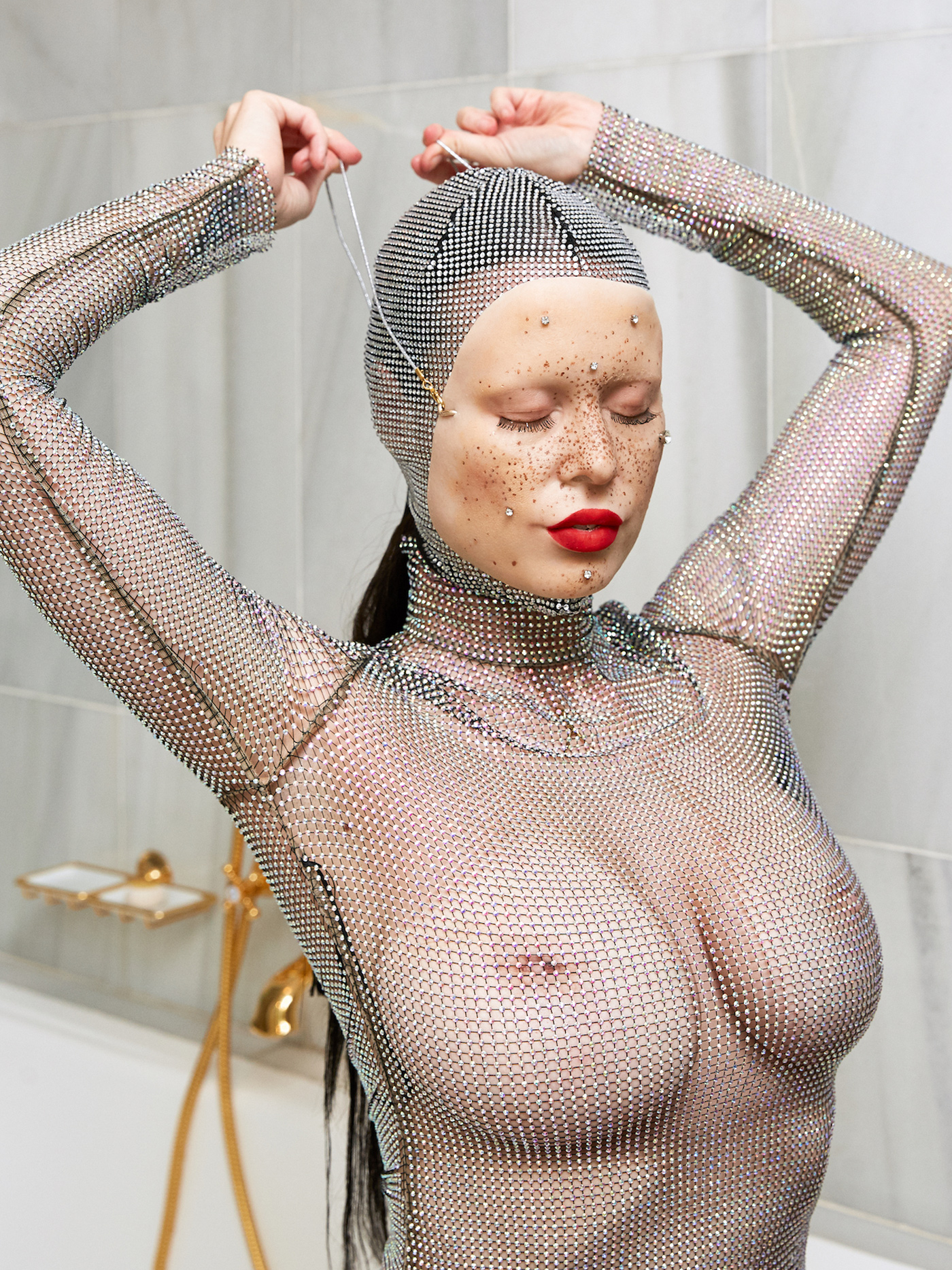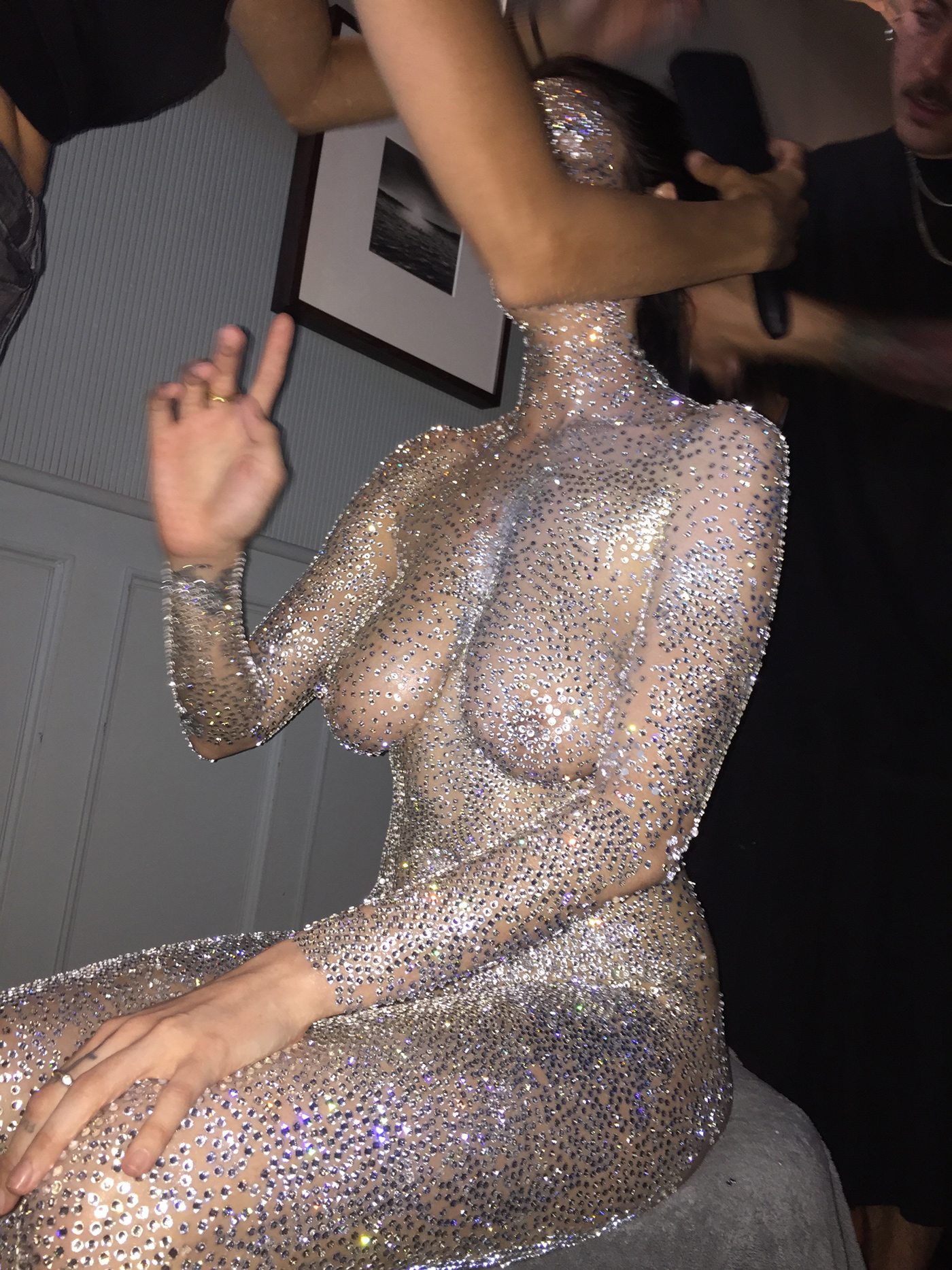by Filip Custic with María Forqué
The duo Forqué and Custic explores the human spirit through the physical form of bodies, often with a heavy sexual agenda, using popular culture and analytical psychology. The type of psychotherapeutic methodology used by Forqué and Custic in their artistic practice derives from the work of Swiss psychologist Carl Jung and his theories concerning fundamental concepts like the unconsciousness and dreams as a potent part of the human psyche. Máscara Hiperrealista refers to various parts of the Jungian psychology – mainly the ideas of the persona and the archetype anima/animus. The mask also holds references to the death masks traditionally made out of wax and moulded from a person’s face shortly after death, creating a kind of paradoxical portrait – balancing between macabre and beauty.


The word persona descends from Latin, signifying a theatrical mask used by actors when performing different parts in a play. Forqué and Custic explore the idea of the persona as an act of everyday life where the mask becomes symbolic of the armour we wear when interacting with society. By conceptualising the persona through a physical form, via the mask, they shed light upon the ways the unconsciousness and the existence of the personas existence inflict upon our daily lives. Jung described this as a two-dimensional reality – a compromise of wanting to fit in and live up to certain expectations, as well as staying true to oneself. Anima/animus signifies the subconscious female/male components of a person that is inherently within everyone, no matter what gender (or if any gender at all) one identifies with. Forqué and Custic appear to be embodying the unconscious battles of gender identity and inner self by literarily wearing their persona and in dressing themselves in a unisex, crystal jumpsuit by Gucci.
Mueble Sexual – María el Diamant, by Filip Custic with María Forqué
María el Diamante (María the Diamond) is one of eight human sculptures in the series Mueble Sexual by Filip Custic in collaboration with María Forqué. The piece is a performative sculpture consisting of a real human being (in this case Forqué) covered in thousands of crystals while balancing in a wheel pose. Enlarged cut diamonds are placed under her feet, threatening with sharp edges to wound her if she falls or becomes fatigued. Forqué is placed on a spinning, circular podium made out of mirrors, making it possible for people to observe her from every angle with little left to the imagination.


Mueble Sexual, meaning sexual furniture, may be read as objectifying and glorifying of certain bodies and the fetishization of beauty – both in objects and people. I can’t help but think of Damien Hirst’s work For the Love of God; a human skull covered in 8,601 authentic diamonds. Hirst’s piece mirrors a kind of hyperfetishism detectable in Custic and Forqué’s work as well, playing with the body as an ornamental object.
the mask becomes symbolic of the armour we wear when interacting with society
The word fetish can also be interpreted through a colonial heritage as an exotified and mystified object with supernatural powers. When looking at María el Diamante I see an exploration of the objectified and mystified female body, an examination of the ways in which the self can be turned into a fetishized object, in a colonial sense. These methods, bordering on the pornographic, are detectable throughout the duo’s artistic practice, as well as in their individual work. For instance in the two-hour long performance piece Diamond with Suspension, where Forqué hangs from the ceiling tied up by shibari-ropes (a traditional bondage technique), wearing only a pair of high-heeled shoes. The piece refers to the world of erotica while playing with pornographic connotations as a subversive method of self-objectification, where the artist willingly submits herself to becoming an object of desire. By shaping their bodies into images depicting (sexual) furniture, Forqué and Custic raise the visibility of a hypersexual present through artistic practices centralised around physicality and lust.
| Words | Annie Jensen |
| Mascara Hiperrealista | María Forqué and Filip Custic, for Gucci |
| Makeup (on mask) | Vicent Guijarro |

